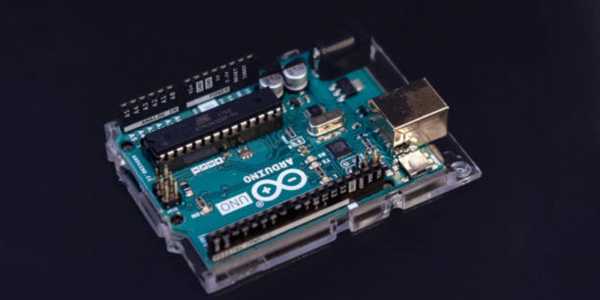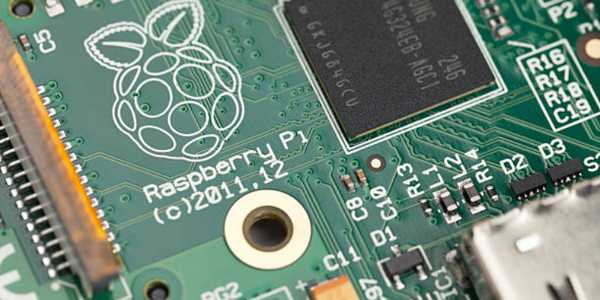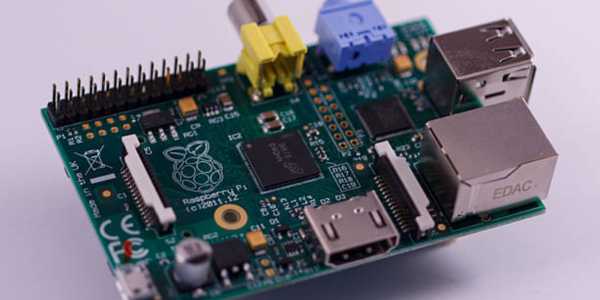Arduino vs Raspberry Pi: Which One is Right for Your Project?
In the process of getting into electronics, the most common problem people tend to face is whether to select Arduino or Raspberry Pi
In the process of getting into electronics, the most common problem people tend to face is whether to select Arduino or Raspberry Pi. Both of them are well established in the field of DIY electronics, but they are quite different from one another. In this article, we will look into their differences, understand their capabilities, and identify which is better suited for your specific project.
The Basics: What Are They?
Upon first look, it would seem like both Arduino and Raspberry Pi are the same tool for a digital project. Although, to create anything meaningful, they are very fundamentally different.
Arduino is a microcontroller board designed to execute specific tasks. Consider it as a purpose-built appliance that directly interfaces with sensors, motors, and LEDs. It excels at low power consumption and real time control which makes it ideal for simplistic repetitive actions such as turning off the light when it gets dark outside or changing a temperature sensor to monitor the temperature.

On the other hand, Raspberry Pi is a robust single-board computer. It runs on a Linux-base Operating System enabling the simultaneous execution of complex programs along with the support for GUI. It is perfect for projects like media centers or AI robots because of its processing requirement, multimedia, and internet connectivity features.
Hardware and Performance: Apples vs. Oranges
One of the most observable differences is the hardware architecture.
Arduino boards (like the popular Uno) ordinarily incorporate an 8-bit microcontroller with clock rates of approximately 16 MHz and a couple of kilobytes. This simplicity is what makes Arduino so responsive in real-time applications. Responsive performance is achieved with minimal resources usage rather than by employing an operating system.
Raspberry Pi, in comparison, has much larger memory capacities (ranging from 1GB to 8GB or more) plus a 64-bit ARM processor, which can run up to 1.8GHz. This means it can run a full operating system, engage in multitasking, and handle vast amounts of data, but this also means the system demands a reasonable amount of power and set up in return.
If your project has demanding data manipulation requirements or demands an interface with depth, the Raspberry Pi would be the better option. But for tasks that require direct machine interaction, such as actuating a motor or rapidly capturing sensor data, nothing comes close to the effectiveness of Arduino.
Programming and Software: Rigidity vs. Convenience
The methodology of programming the Arduino and Raspberry Pi is very different.
Arduino has the least cumbersome IDE to work with. It is comprehensive and easy to navigate. The code is written in a simplified C/C++ language, uploaded to the board, which in turn runs directly on the hardware. This type of programming is known as “bare-metal” programming, which literally means there is no operating system standing between the code and the hardware. This is ideal for applications that require accurate timing and simple system management.
Raspberry Pi, on the other hand, runs on a complete OS, mostly a flavor (or variant) of Linux, like Raspberry Pi OS. As such, a myriad of programming languages spanning from Python, Java, and C++ can be used. It's great, but managing the operating system is complex. There’s the hassle of boot times, processes running in the background, and suffering from delays caused by the OS itself. But if your project entails operating several applications, monitoring a network, or dealing with an interface, then Raspberry Pi’s flexibility is certainly advantageous.
Expansion and Connectivity
These platforms also vary in terms of connectivity features of the board.
Arduino boards have a bit of a limitation when it comes to the number of available digital or analog pins. They are great for hands on control but rather limited with their built in connectivity features. Add on modules or shields tend to offer wireless functionality using an Arduino board, and for some users, those can be both fun and puzzling.

Several models of Raspberry Pi have Ethernet, Bluetooth and WiFi built-in. They also have HDMI and USB ports, which makes connecting devices to Raspberry Pi easier. These connectivity features allow Raspberry Pi to be part of larger complex systems, such as home automation servers, allowing users to monitor their homes remotely.
Cost and Power Consumption
Power consumption and budget verges as the deciding factors for numerous projects.
Compared to Raspberry Pi, Arduino boards are cheaper, costing between $10 and $30. These boards are engineered to consume low power, making them perfect for on-the-go and battery operated projects.
On the other hand, Raspberry Pi boards run on a higher power source as the device needs stable HDMI and USB ports. They come with more components include efficient processors, which is why these boards are also priced higher, sitting anywhere between $35 and $75. Although battery powered projects may seem complicated, these components allow the user to experience comfort. For energy sensitive simple projects, Arduino is ideal.
Use Cases: Matching the Tool to the Task
When and how should you use each option?
Choose Arduino if:
Your project is sensor-centric: If it involves accessing data from a sensor array or controlling motors in real time, Arduino is an ideal choice due to its simplistic design and low power consumption.
Simplicity is the ultimate sophistication: In instances where immediate action is required (such as a security system that triggers the alarm) or where logic is extremely rudimentary, Arduino provides a solution that is incredibly simple.
You have a budget or power restrictions: For projects that need to run on batteries or where funds are limited, Arduino provides an economically feasible solution that operates on low power.
Choose Raspberry Pi if:
You want a mini-computer: If the project needs a GUI, multitasking capability, or significant processing power such as a media center or a sophisticated robotics project, Raspberry Pi is the answer.
If there are requirements for Networking and connectivity:** For projects that require internet connectivity, the ability to host a web server or interact with other devices wirelessly, Raspberry Pi's capabilities are unrivaled.
Deep dive into multiple languages: Raspberry Pi provides a broader playground for those looking to delve into higher-level programming and wanting to work with multiple languages or write software that interfaces with hardware.
Best of Both Worlds: Integrating Both
Nonetheless, it is important to note that both platforms are used together in a myriad of projects. Think about an interactive art exhibit where real-time sensor data is processed by an Arduino and the results visualized and rendered by a Raspberry Pi. In such hybrid projects, you get the immediate control of Arduino and the advanced processing of Raspberry Pi. There is cost, energy, and hassle free control of both devices.

Moving Forward With Your Project
Choosing between a Raspberry Pi and an Arduino isn’t simply a question of which one is better; they are both stronger in different aspects. Take time to consider what your project entails: Does it require fast and straightforward microcontroller manipulation, or does it need the multitasking capabilities of a mini computer? Can the project withstand the higher cost and power consumption of a Raspberry Pi, or does it prefer the power efficiency and ease of an Arduino?
If you are new to electronics, getting started with Arduino might be an easier approach. Its ease of use, along with its vast user base, will boost your confidence quickly so you can get results faster. Once your projects require more sophistication and if you need more connectivity or processing power, then moving onto more advanced Raspberry Pi, or even combining both in your projects, can boost your project possibilities even further.